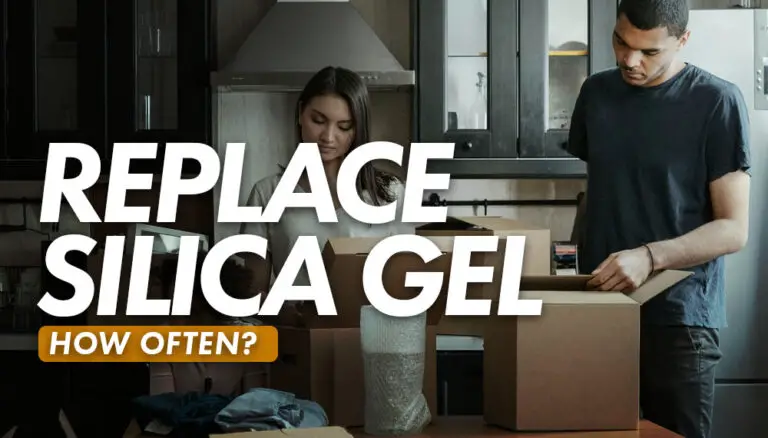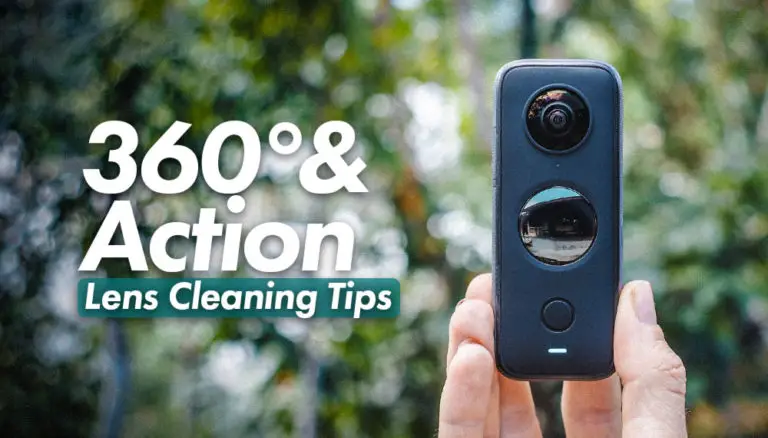Yes, you should use Silica Gel in your camera bag; if that was ever a question… But silica gel left in your camera bag too long without a refresh, could slowly release moisture back into the bag itself. That’s not good! In this article, we’ll tell you when, how, and why you should use Silica Gel in your camera bag, to keep moisture and fungus at bay. We’ll guide you through some of the things to keep in mind when using silica gel, so that you don’t fall into the gotcha traps that so often foil photographers.
I’ve written a lot about Silica Gel on this website… I’ve explained how we use it, how to recharge silica gel so that you can reuse it often, and how to make the most of it in different scenarios … that’s a lot of information…
But used in a camera bag, silica gel isn’t at its most efficient, or best use. Yet we have just said that you MUST use Silica Gel in your camera bag. Allow us to help you to navigate this quagmire.
Table of Contents
Silica Gel Works Via Adsorption
Silica Gel works by the process of adsorption. It is an inert, porous material with microscopic holes. When dry, the silica gel attracts moisture out of the air, and holds it in these microscopic channels within it. It is very effective at reducing humidity of an enclosed space. Silica gel can bring the humidity of an enclosed space down to 40% in a span of a few hours depending on how much you use, making it very efficient at its job. Once these pores are saturated, and it can no longer suck up moisture, you can heat up silica gel to recharge it many, many times.
Silica Gel Needs an Enclosed Space
Though Silica Gel is effective at controlling humidity, it works best in an air-tight container. Any air leakage into the humidity controlled space will make the humidity increase, and for that reason a camera bag is probably one of the worst places to store your camera in the long term.
However, when you’re traveling, you just need to use silica gel for the short term, and reducing the humidity in your camera bag during that time can be a very useful goal. For that reason, using silica gel in your camera bag is a good idea. We’ll get to that…
Why A Camera Bag is Not A Suitable Long-Term Camera Storage Option:
- Most camera bags are not air-tight, and are made of porous material like fabric. Notable exclusions are watertight cases like Pelican cases which are meant for safety in extreme circumstances, including flooding and physical damage.
- Camera bags are meant for active use, and will be opened and closed multiple times during a photoshoot. This means that the bag is not humidity controlled during the time that it is being used frequently.
- Silica Gel gets saturated quickly in the above mentioned instances, and needs frequent replacement or recharging
But If You Must Use Silica Gel In A Camera Bag, Do It Like This:
1. Use Silica Gel in the Main Compartment
Every major piece of camera equipment can benefit from the use of silica gel. However, there are certain components that are more vulnerable to excess humidity than others; your camera body and lenses. I have seen photographers using just one or two 5 g packets of silica gel. In my opinion, this is insufficient, because the silica gel in these packets will get saturated with moisture very quickly, in a humid environment.
If you are traveling for extended periods of time, I would suggest recharging your silica gel sachets anytime you get the opportunity to do so. If not possible, keep some extra sachets sealed in an air-tight Ziploc bag, and replace your used silica gel after a few days of travel.
This step is unnecessary on short trips, but can be useful on long extended trips. Silica gel is easily available, and can be recharged easily, as we have explained in our other articles, linked above.
2. Place Silica Gel Around Your Lenses
Lenses are the main target for lens fungus, because they have the trifecta of situations needed to thrive.
- A dark place, away from UV light
- Stable levels of humidity that allow it to grow.
- Food to grow from, in the form of dust, Fingerprints, and other minor debris that may be in the Lens by accident.
Take away one of these, and you hinder fungus growth. Of course, I’d suggest making sure than you don’t provide any chance for fungus to get a foothold on your lenses, but removing humidity the right way is a significant step in reducing the chance of fungus growth.
To be effective:
- Use freshly recharged, silica gel packets in a high density around your lenses.
- Keep your lens in an airtight packet, especially while traveleing in or through high humidity areas for extended periods of time
- place the silica gel sachets inside these airtight packets along, with your lens so that the humidity is kept under control for an extended period.
Traveling through airports, air-conditioned hotel rooms, and then into a humid tropical or subtropical climate may not be the best for your lens. So, making sure that you have silica gel absorbing any excess humidity during even part of these trips, can be very useful. It will certainly extend the life of your camera equipment in a very meaningful way.
3. Use an Airtight Case
Using silica gel without an air-tight container means that moisture keeps leaking into the camera case. The silica gel will continue to absorb it, but it will quickly get saturated. Once the silica gel is saturated, it becomes useless until it is recharged once again.
As mentioned earlier, use Ziploc plastic bags. Of course, if you have an airtight camera bag like the pelican case, that is the best option. It would be my and the first and only option if these bags were not large, bulky, heavy, and impractical for most photographers.
4. Use a Lot of Silica Gel
Using less silica gel means that the sachets get saturated with moisture really quickly. And less humidity is removed from your camera bag. Using a lot of silica gel means that there isn’t any extra humidity in your camera bag. This is a sure way to keep your expensive camera equipment safe.
5. Replace Silica Gel Frequently
This is another point that gets forgotten, even by me, so I’ll say it again. Silica gel can get saturated with moisture really quickly in extremely humid climates, if your bag is not airtight, and if you’re opening and closing it often. You should replace the silica gel packets in your camera bag with fresh silica gel that you’re carrying, or recharge it either in an oven, or with a portable hairdryer for a few minutes, or one of the many ways that we have described in this article about drying silica gel.
Conclusion: Silica Gel in Camera Bags Can Be a Life Saver; When Following Guidelines
Remember that your camera bag is not suitable for long term storage, but with enough silica gel, used correctly, you can keep your prized camera equipment safe from lens fungus and moisture. Replace or recharge the silica gel packets, and you will find that you’ve given your lenses the best chance at minimizing fungus growth risk on your expensive lenses.
If you have any further questions, or if you have suggestions based on your experiences. Do leave a comment below, or reach out to us via social media, or the contact us page. We’d love to hear from you.




